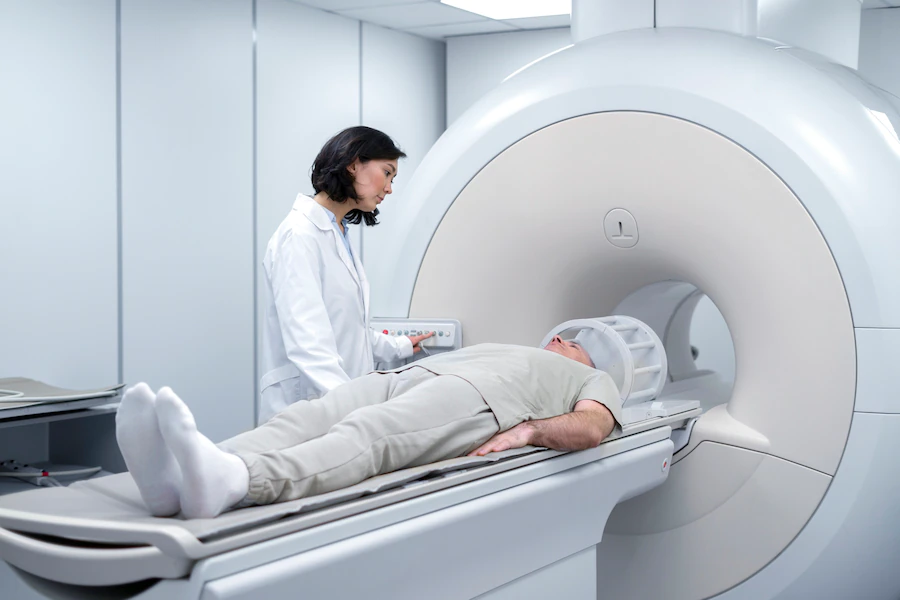Are there certification or licensure requirements after completing an ADP in Medical Imaging Sciences?
Are there certification or licensure requirements after completing an ADP in Medical Imaging Sciences?
Blog Article
After completing an ADP in Medical Imaging Sciences, many students are curious about what comes next. One of the most important things to understand is whether certification or licensure is required to start a professional career. The good news is that this field offers clear guidelines and structured paths for graduates to follow, leading to a successful and rewarding career.
Understanding the Role of Certifications and Licenses
Certifications and licenses are important for those who want to work as medical imaging professionals. These documents show that a person has the right training, knowledge, and skills to work in hospitals, clinics, or diagnostic centers.
While an ADP (Associate Degree Program) gives students solid academic knowledge and practical training, having a professional certificate or license further proves their ability to work in the medical field safely and effectively.
National and International Certification Options
In Pakistan, after completing an ADP in Medical Imaging Sciences, most employers prefer or require graduates to be registered with professional bodies like the Pakistan Allied Health Professionals Council (PAHPC) or Punjab Medical Faculty (PMF). These registrations act as local certifications that allow graduates to work legally as imaging technologists or radiographers.

The Importance of Practical Training
Students who complete an ADP in Medical Imaging Sciences often undergo clinical training during their studies. This hands-on experience plays a big role in preparing them for certification exams and licensure tests. Working in a real healthcare environment under professional supervision helps students understand how to handle modern imaging equipment, manage patients, and follow safety protocols.
Career Growth with Certification
Getting certified not only increases job opportunities but also helps in professional growth. Certified imaging technologists can expect better salaries, more job security, and chances to specialize in areas like MRI, CT scan, or ultrasound. Over time, experienced and licensed professionals may also take on leadership roles or continue their education in advanced programs.

Certification Support at the University of Faisalabad
The University of Faisalabad offers a well-structured ADP in Medical Imaging Sciences, designed to prepare students for both local and international certifications. The university provides career counseling and guidance on how to apply for licensure, along with internship programs in well-reputed hospitals. Students receive training from qualified faculty members, ensuring they meet the standards expected in the healthcare industry.
Conclusion
After completing an ADP in Medical Imaging Sciences, certification or licensure is highly recommended and often necessary for starting a career in this field. With the growing demand for qualified imaging professionals, having the right credentials gives you a strong advantage. Institutes like the University of Faisalabad not only offer quality education but also support students in their journey toward certification and successful employment.
A positive approach, continued learning, and the right certification can lead you to a fulfilling and respected career in medical imaging. With the right guidance and preparation, your degree can take you far, both locally and internationally. Report this page